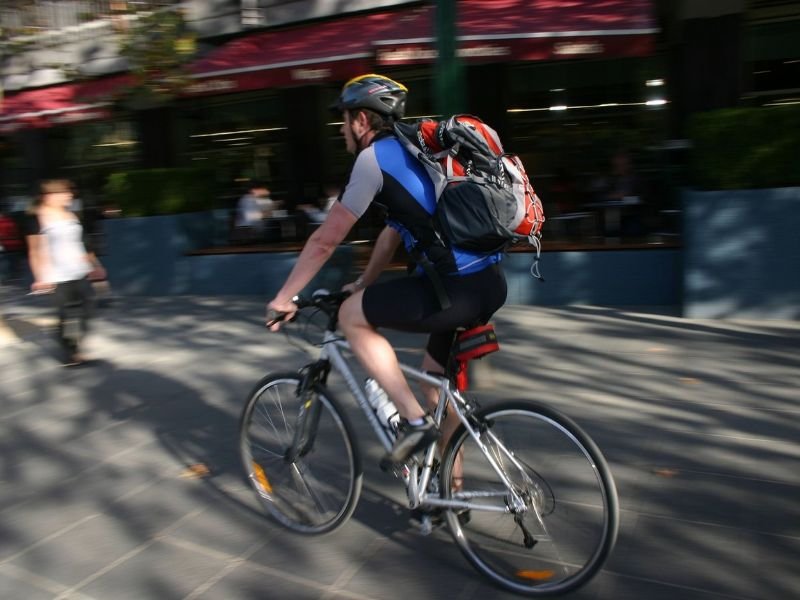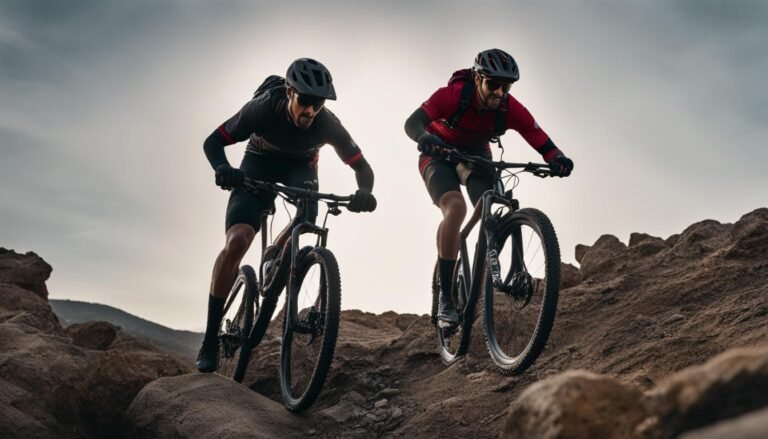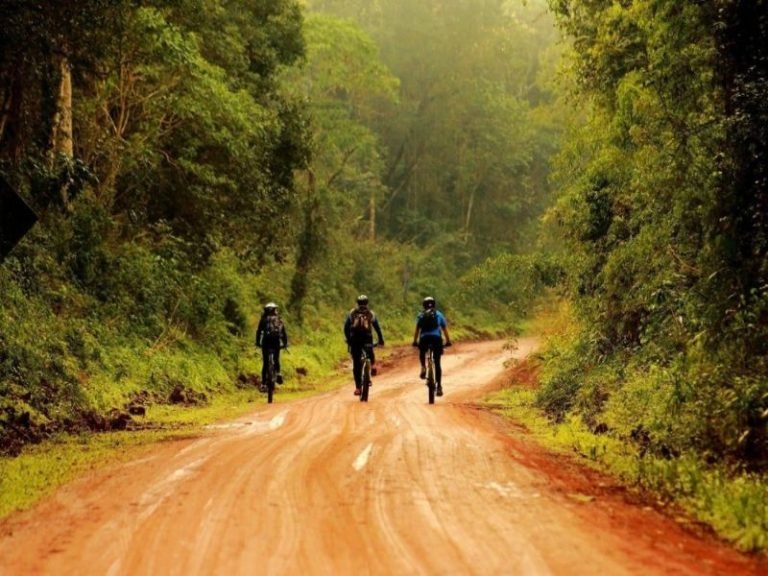Urban Cycling Tips
Navigate city streets like a pro with our urban cycling tips. From commuter hacks to safety advice, master the art of city biking for a smoother and safer ride.
Urban cycling is not just a mode of transportation; it’s a lifestyle choice with numerous advantages for both individuals and the environment.
By reducing car use in cities, urban cycling helps combat congestion, lowers pollution levels, and promotes a healthier way of living.
In this guide, we’ll explore the myriad benefits of urban cycling and provide you with essential tips for a safe and enjoyable experience.
Environmental Benefits of Urban Cycling
Reducing Congestion and Pollution
Urban areas are notorious for traffic jams and air pollution. Every time you choose your bike over a car, you contribute to reducing congestion on already crowded streets.
How to Pack for a Bikepacking Adventure
This not only saves you time but also minimizes the carbon emissions that vehicles produce. Fewer cars on the road mean cleaner air for everyone.
Lowering Carbon Footprint
Cycling produces zero emissions, making it an eco-friendly mode of transport. By opting for urban cycling, you actively reduce your carbon footprint, helping combat climate change.
Your individual efforts, combined with those of other cyclists, can have a significant positive impact on the environment.
Health Benefits of Urban Cycling
Physical Well-being
Cycling is an excellent form of cardiovascular exercise. It strengthens your heart, improves circulation, and enhances overall fitness.
Benefits of Biking for Mental Health
Regular urban cycling can lead to weight loss, increased muscle tone, and improved joint mobility. Plus, it’s a low-impact exercise, making it suitable for people of all ages.
Mental Health
The physical activity involved in cycling also has mental health benefits. It releases endorphins, reducing stress and anxiety. Cycling in the city can be a form of active meditation, allowing you to clear your mind while navigating through urban landscapes.
Cost Savings
Urban cycling eliminates the need for expensive fuel, parking fees, and maintenance costs associated with cars. It’s a cost-effective way to get around, saving you money while helping you stay fit.
Urban Cycling Tips(Overview )
Before you embark on your urban cycling journey, it’s essential to be prepared. Follow these key tips for a safe and enjoyable ride:
Preparing for Your Ride
Safety Gear and Equipment
Wearing a helmet, and reflective clothing, and using lights and reflectors are non-negotiable safety measures. These precautions enhance your visibility and protect you in traffic.
Bike Maintenance
Regularly checking tires and brakes, ensuring a proper bike fit, and sticking to a maintenance schedule are vital for a smoothly functioning bike. A well-maintained bike is a safe bike.
Navigating Urban Traffic
Understanding Traffic Rules and Signals
Obeying traffic rules, recognizing stop signs, and traffic lights, and using hand signals to communicate with drivers is crucial. Safety on the road starts with following these guidelines.
Choosing the Right Route
Opt for bike lanes and bike-friendly streets, avoiding busy roads whenever possible. This choice not only enhances your safety but also makes for a more enjoyable commute.
Defensive Cycling
Staying visible to drivers, anticipating driver behavior, and being aware of blind spots are key to reducing the risk of accidents. Defensive cycling can save lives.
Interacting with Pedestrians
Respecting Pedestrian Right-of-Way
Always yield to pedestrians at crosswalks and sidewalks. Your consideration fosters a harmonious urban environment.
Using Bike Bells and Verbal Warnings
Alert pedestrians using bike bells and verbal warnings to avoid collisions and ensure a peaceful coexistence on shared paths.
Slowing Down in Crowded Areas
Reduce your speed when navigating through busy pedestrian areas. Slowing down enhances safety for everyone.
Parking and Securing Your Bike
Bike Racks and Designated Areas
Use designated bike racks and parking areas for secure and orderly parking. This practice minimizes clutter and ensures your bike’s safety.
Locking Techniques
Choose the right lock and properly secure your bike frame and wheel to prevent theft. Preventing bike theft requires vigilance.
Theft Prevention Tips
Additional tips for deterring bike theft include registering your bike and utilizing GPS tracking devices. Protect your investment.
Dealing with Adverse Weather
Rain and Wet Conditions
Equipping your bike with fenders and mudguards and wearing appropriate rain gear keeps you dry and comfortable during wet rides.
Hot Weather
Stay hydrated and protect yourself from the sun’s rays during hot weather rides. It’s crucial for your well-being.
Cold Weather
Layer your clothing and keep your extremities warm to stay cozy while cycling in cold conditions. Dressing appropriately is key to comfort.
Being Mindful of Bike Etiquette
Avoiding Sidewalk Riding
Ride on the road or designated bike paths instead of sidewalks. This ensures safety for both cyclists and pedestrians.
Yielding to Pedestrians on Shared Paths
Always yield to pedestrians on shared pathways, promoting a safe and respectful environment for all.
Not Blocking Pathways or Entrances
Park your bike considerately to avoid blocking pathways and entrances, and maintain order in shared spaces.
Responsible Use of Bike-Sharing Systems
If you use bike-sharing systems, follow guidelines for responsible use and return bikes to designated stations. Keep bike-sharing systems accessible to everyone.
Biking Tours for Nature Enthusiasts
In conclusion, urban cycling offers a myriad of benefits for individuals and the environment. By following these tips and being a responsible cyclist, you can unlock the full potential of urban cycling while contributing to a cleaner, healthier, and more vibrant urban landscape.
So, hop on your bike and enjoy the ride!







